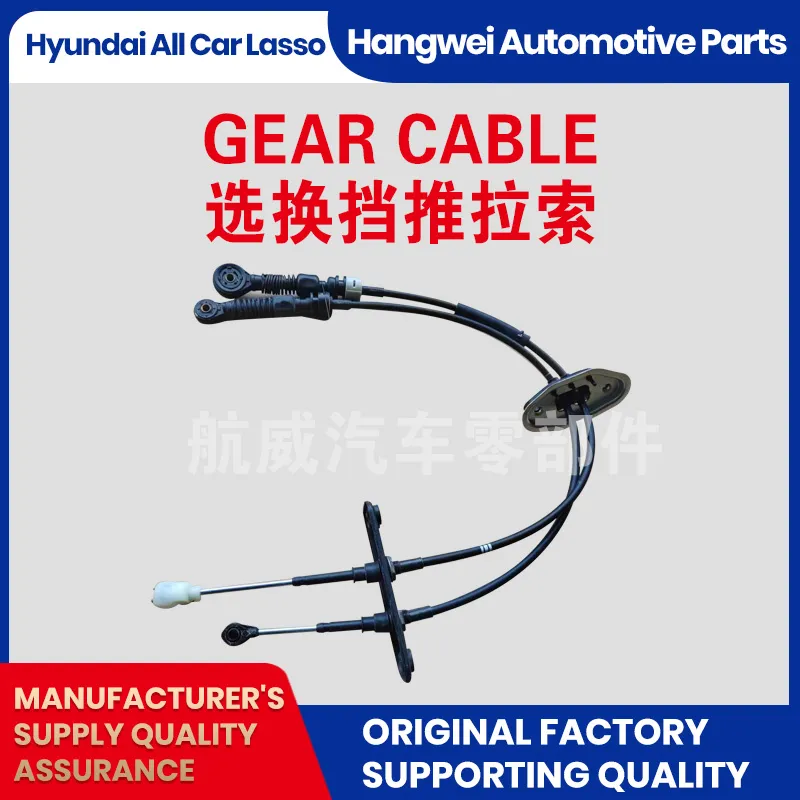Understanding the Functionality of Weed Eater Throttle Cables and Their Adjustment Techniques
Understanding the Importance of Throttle Cables in Weed Eaters
Weed eaters, also known as string trimmers or brush cutters, are indispensable tools for maintaining a well-groomed lawn or garden. They effectively tackle thick weeds, grass, and overgrowth, making them popular among both professional landscapers and homeowners. One key component of a weed eater that often goes unnoticed is the throttle cable. This article will delve into the crucial role that throttle cables play in the operation of weed eaters, including their function, maintenance, and replacement.
What is a Throttle Cable?
The throttle cable is a flexible wire that connects the throttle control (typically a handle on the weed eater) to the engine's throttle valve. When the user squeezes the throttle trigger, it pulls the cable, which in turn adjusts the throttle valve position, allowing more air-fuel mixture into the engine. This action increases the engine's speed, providing the necessary power to the weed eater’s cutting head.
How Throttle Cables Work
The operation of a weed eater hinges greatly on its throttle cable. When you engage the throttle by pulling the trigger, the cable pulls on the throttle arm on the carburetor, which opens the throttle valve. This process is crucial for varying the engine's speed according to the task at hand. For example, when trimming lighter grass, a lower speed might suffice, but when faced with thicker weeds or brush, a higher speed will ensure efficient cutting.
Notably, a properly functioning throttle cable allows for smoother operation and better control. If the cable is worn out, frayed, or if it has an improper tension, it can lead to erratic engine performance. Users may experience issues such as stalling, difficulty in controlling speed, or even complete failure to start the engine.
Signs of Throttle Cable Issues
Understanding the signs that indicate problems with the throttle cable is essential for effective maintenance. Common symptoms include
weed eater throttle cable

1. Unresponsive Throttle If the engine doesn’t respond when the throttle trigger is pulled, it may indicate a broken or disconnected cable. 2. Sticking or Jammed Throttle A throttle that sticks or gets jammed can lead to uncontrollable engine speeds, posing a safety risk. 3. Frayed Cable Visibly damaged cables can result in weakened performance and are a safety hazard that should be addressed immediately. 4. Difficulty in Starting When the start-up process is complicated by a faulty throttle system, it’s often linked back to the cable.
Maintenance of Throttle Cables
Regular maintenance of the throttle cable can prolong its life and ensure peak performance of your weed eater. Some tips for maintaining throttle cables include
- Inspection Regularly check the cable for any signs of wear and tear or fraying. Pay close attention to the ends where the cable connects to the throttle and the engine. - Cleaning Keep the cable clean and free from debris. Dust and debris can accumulate and cause sticking or damage to the cable. - Lubrication Apply a suitable lubricant to ensure smooth operation. A little oil can go a long way in preventing wear.
Replacing the Throttle Cable
If issues persist, it might be time to replace the throttle cable. Replacing a throttle cable can typically be done with a few basic tools. Follow your specific weed eater’s manual for instructions on removal and installation, as procedures can vary by model. Replacement cables can often be purchased from the manufacturer or a trusted hardware store.
Conclusion
In conclusion, while the throttle cable may seem like a small part of the overall system, it plays an essential role in the operation of a weed eater. Proper maintenance and timely replacement of the throttle cable can ensure that your weed eater performs efficiently and safely. By keeping an eye on this critical component, you can maximize the lifespan of your equipment and maintain a beautiful outdoor space.
-
Upgrade Your Control with Premium Throttle CablesNewsAug.08,2025
-
Stay in Control with Premium Hand Brake CablesNewsAug.08,2025
-
Experience Unmatched Performance with Our Clutch HosesNewsAug.08,2025
-
Ensure Safety and Reliability with Premium Handbrake CablesNewsAug.08,2025
-
Enhance Your Vehicle with High-Performance Clutch LinesNewsAug.08,2025
-
Elevate Your Ride with Premium Gear CablesNewsAug.08,2025
